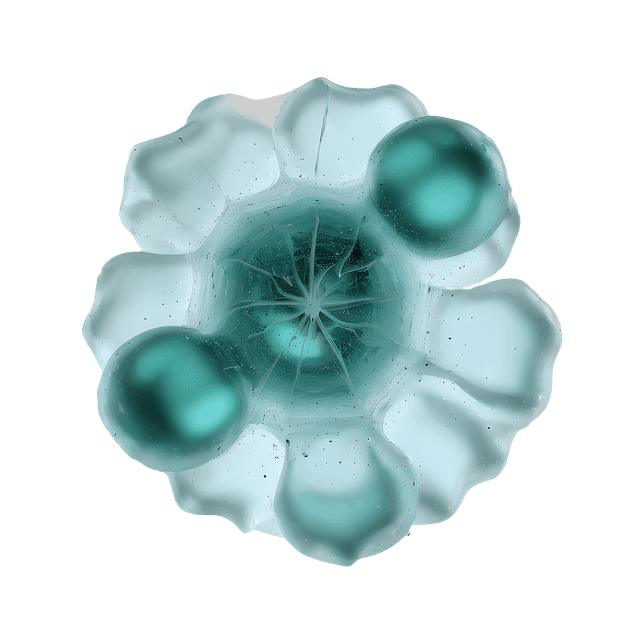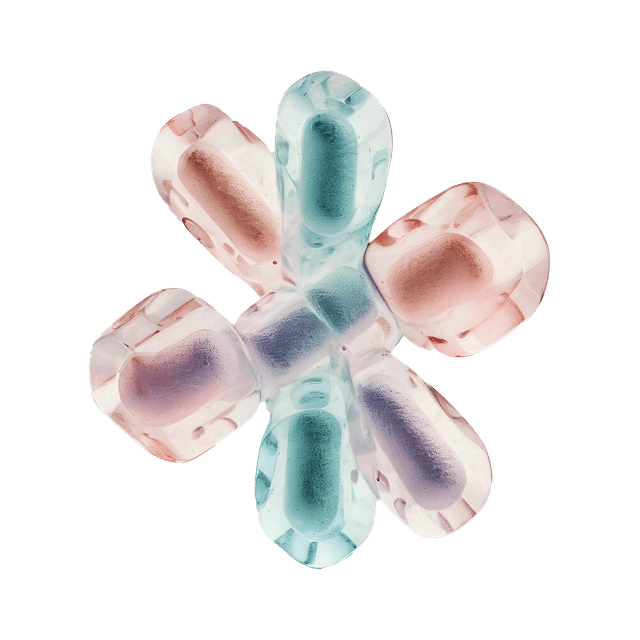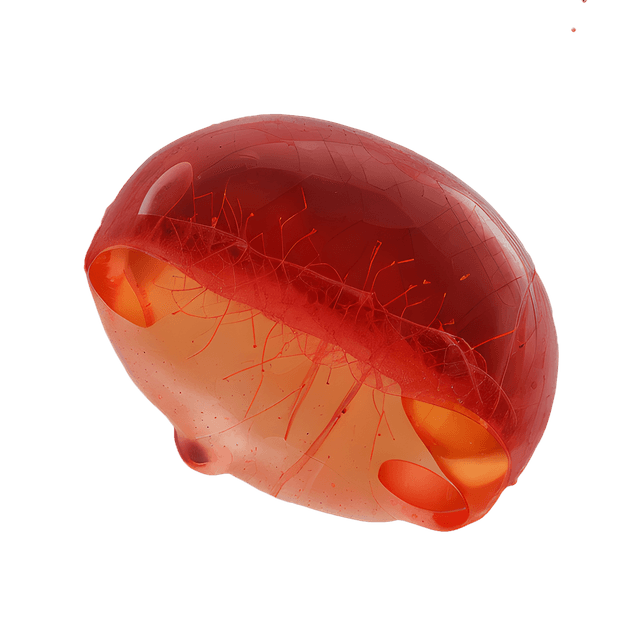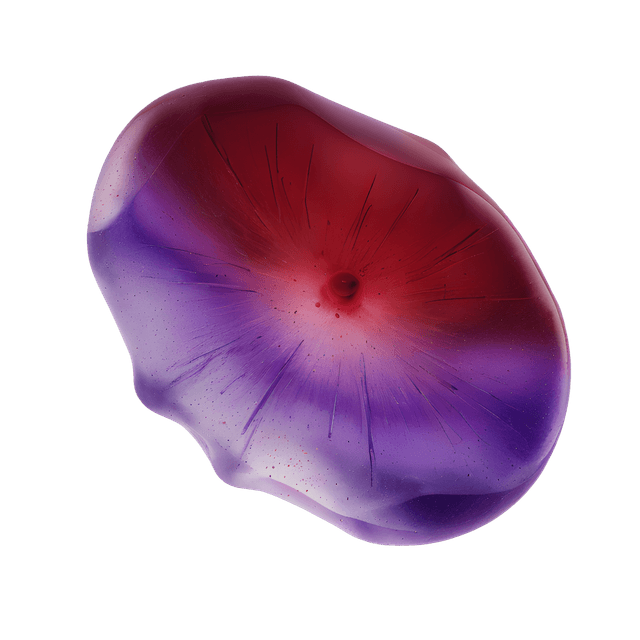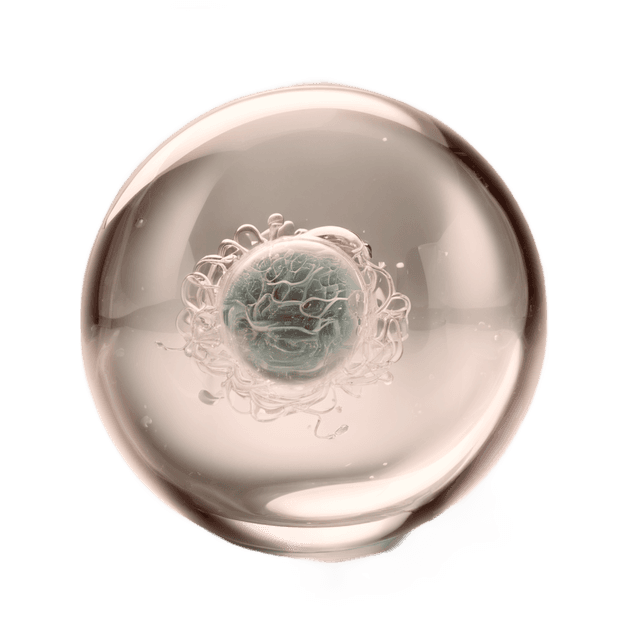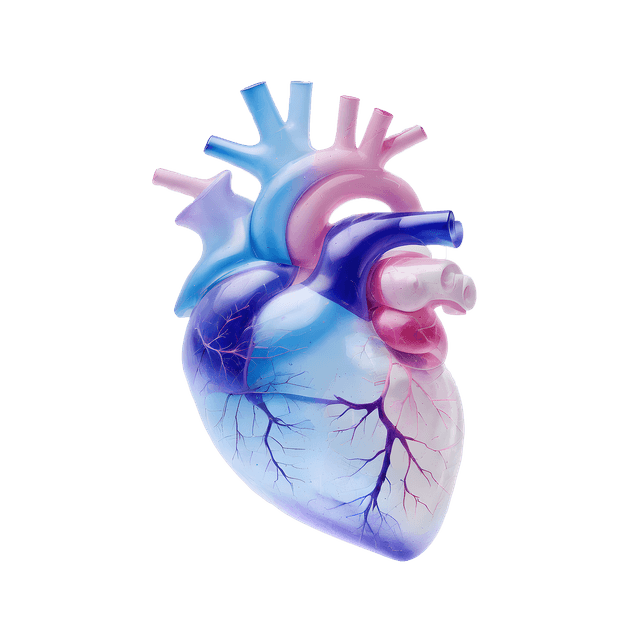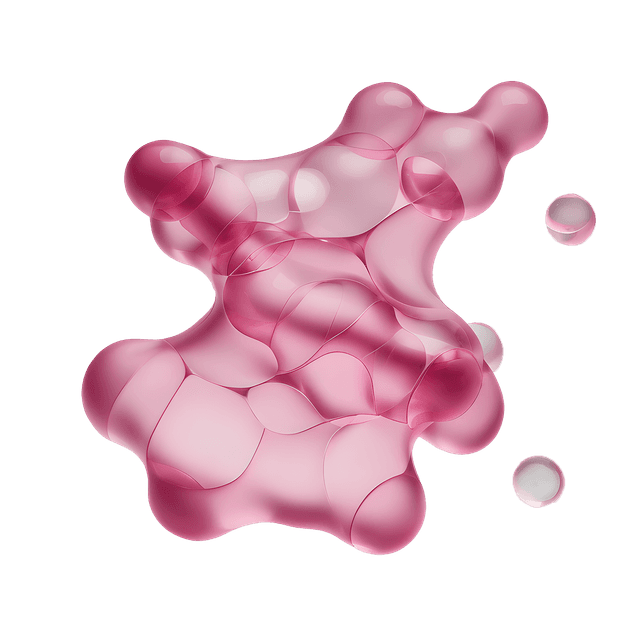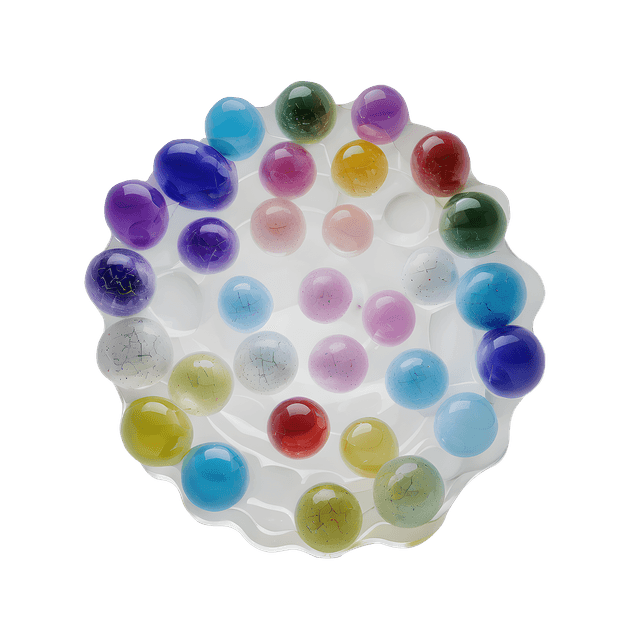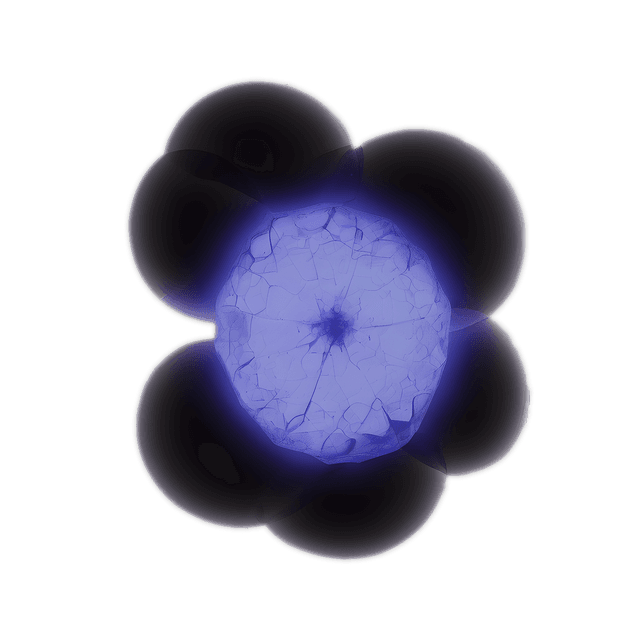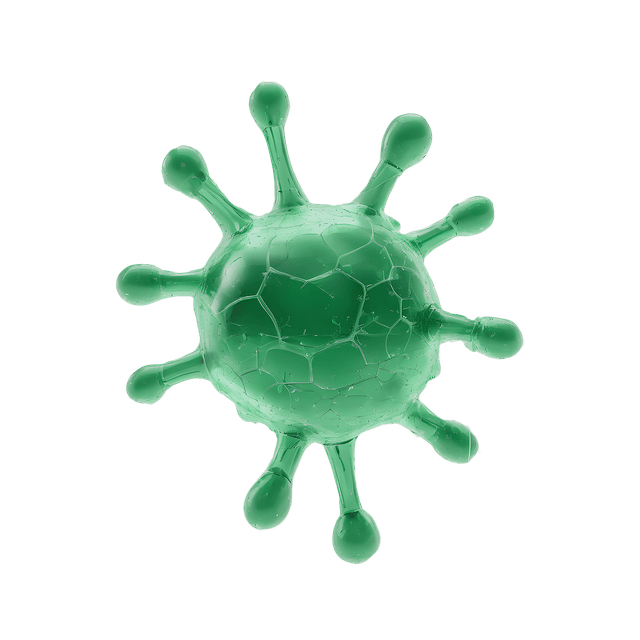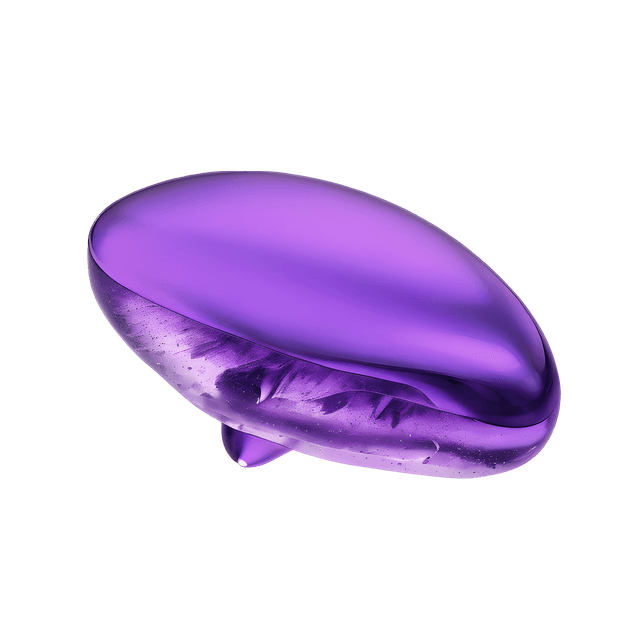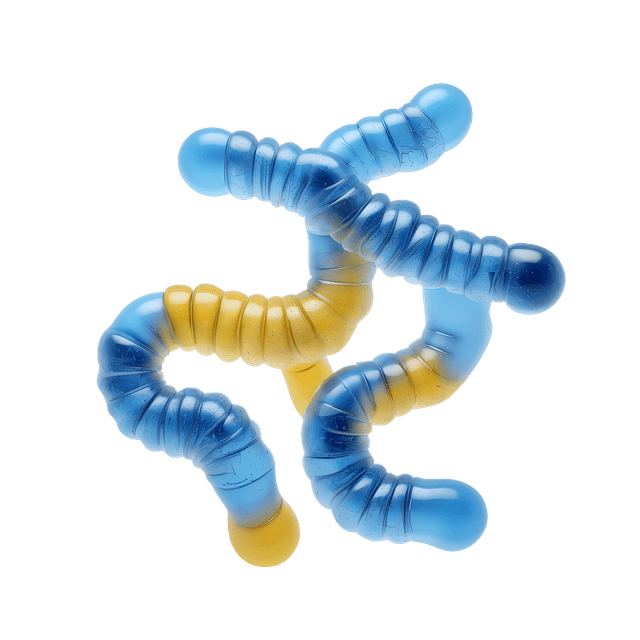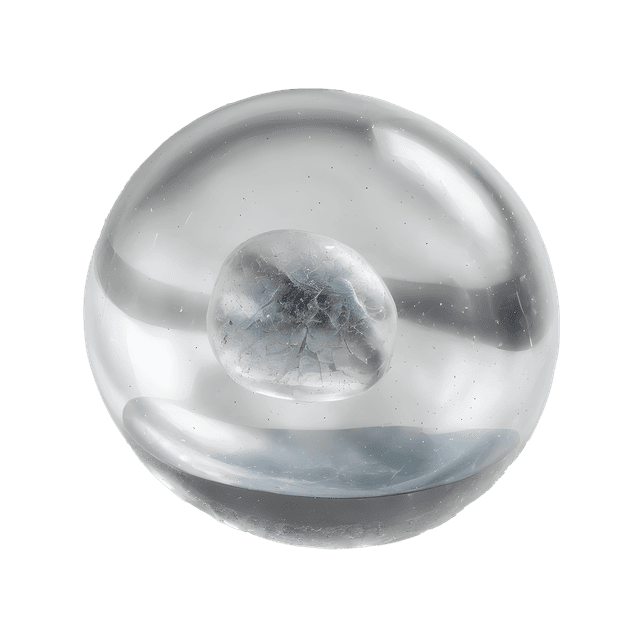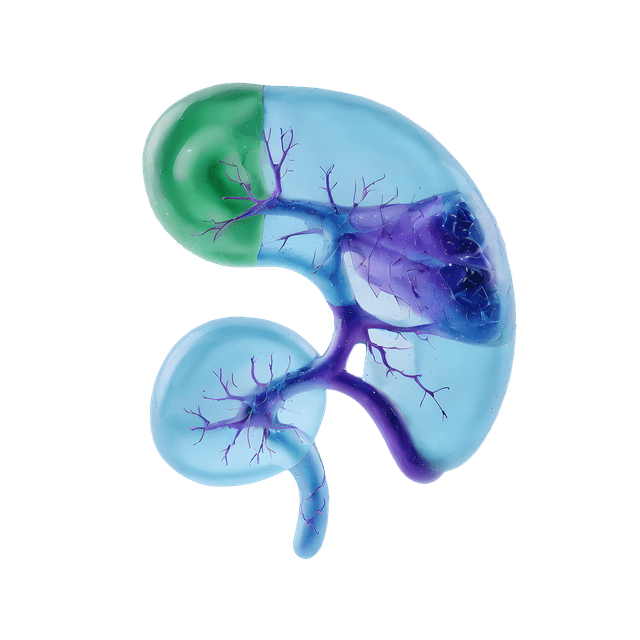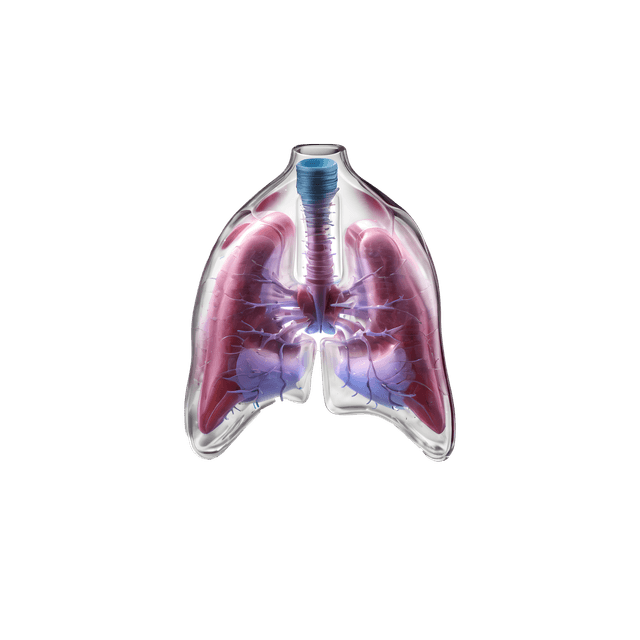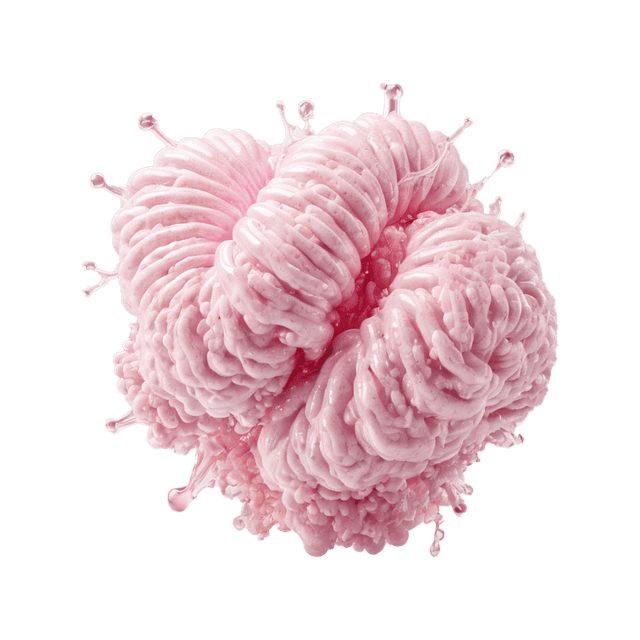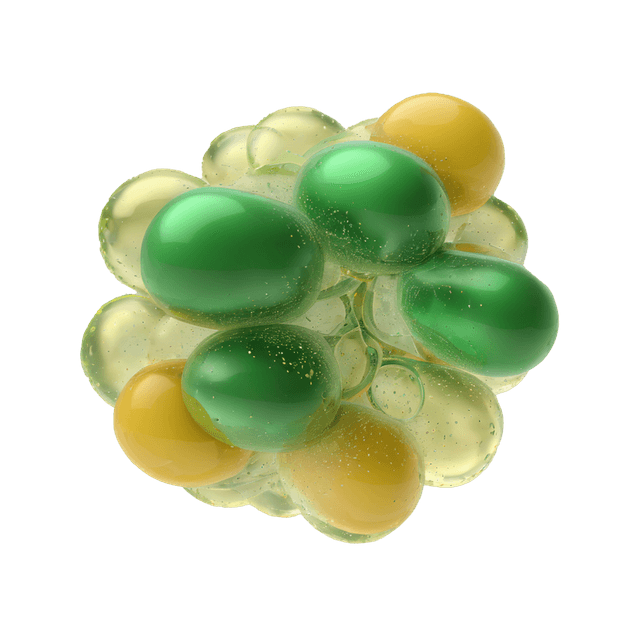What is panic disorder?
Panic disorder is an anxiety disorder that occurs when the body's "fight or flight" response is activated, even when there is no apparent danger. Panic attacks are central to this condition and are characterized by sudden and intense outbursts of anxiety or fear. Panic disorder is a condition where these panic attacks become recurrent, and the person often suffers from intense anxiety about experiencing new attacks.
It is common for people with panic disorder to also avoid specific places or situations for fear of having a panic attack. This avoidance is referred to as a defense mechanism to minimize the risk of anxiety-triggering situations. Panic disorder can also be referred to as panic disorder, and it is a real medical condition that can be very impactful on an individual's life. Fortunately, there are effective treatment options and supports available to manage and treat panic disorder.
Cause of panic disorder:
The causes of panic disorder are complex and can vary from person to person to person. It is often difficult to pinpoint a single cause, but there are several factors that may play a role in the development of panic disorder. Here are some of the known factors that can influence:
Heredity: There is a genetic component to panic disorder, and it is not uncommon for people with panic disorder have close relatives who have also suffered from the same condition. Genetic factors can influence how a person reacts to stress and anxiety.
Stress: High levels of stress, especially as a result of serious life events such as illness, death, divorce or unemployment, can increase the risk of panic disorder. Stress can affect the balance of neurotransmitters in the brain and trigger panic attacks.
Imbalance in neurotransmitters: An imbalance in neurotransmitters in the brain, such as serotonin and noradrenaline, can play a role in the development of panic disorder. These chemicals are involved in the regulation of mood and anxiety.
Gender: Studies have shown that panic disorder is more common in women than in men, and hormonal changes can also affect the symptoms.
Age: Panic disorder is usually more prevalent in the 20s, but it can occur at any age.
Other mental health conditions: People with other mental health conditions, such as depression or generalized anxiety disorder, may be more likely to develop panic disorder.
Alcohol and drug abuse: Alcohol or drug abuse can increase the risk of panic attacks and panic attacks, especially during and after use.
Symptoms include:
The symptoms during a panic attack can be very distressing and usually include a combination of physical, cognitive (thought) and emotional symptoms. Here are some common symptoms of panic disorder:
Palpitations or irregular heart rhythm: A strong and rapid pulse is a common physical symptom during a panic attack.
Difficulty breathing: Many people experience the feeling that they cannot breathe properly, which can lead to rapid breathing or hyperventilation.
-
Dizziness or feeling faint: Many people experience dizziness or the feeling that they will faint during an attack.
Numbness or tingling: The sensation of numbness or tingling, especially in the hands, fingers, feet or face, may occur.
Sweating: Increased sweat production is common during panic attacks.
Chilling or feeling warm: Some people may feel very cold or hot during an attack.
Shaking or trembling: Muscle twitching or tremors may occur.
Feelings of unreality: Many describe feelings of unreality or detachment from their surroundings during a panic attack.
Fear of dying or losing control: People who experience panic attacks may fear that they will die or that they will lose control of themselves.
Fear of having another attack: After a panic attack, the person may be worried about experiencing another attack, which can lead to increased anxiety.
Chest pain or discomfort: It may feel like there is pressure or pain in the chest during a panic attack, which can sometimes be mistaken for heart problems.
Nausea or upset stomach: Nausea or upset stomach may occur as a result of the anxiety.


